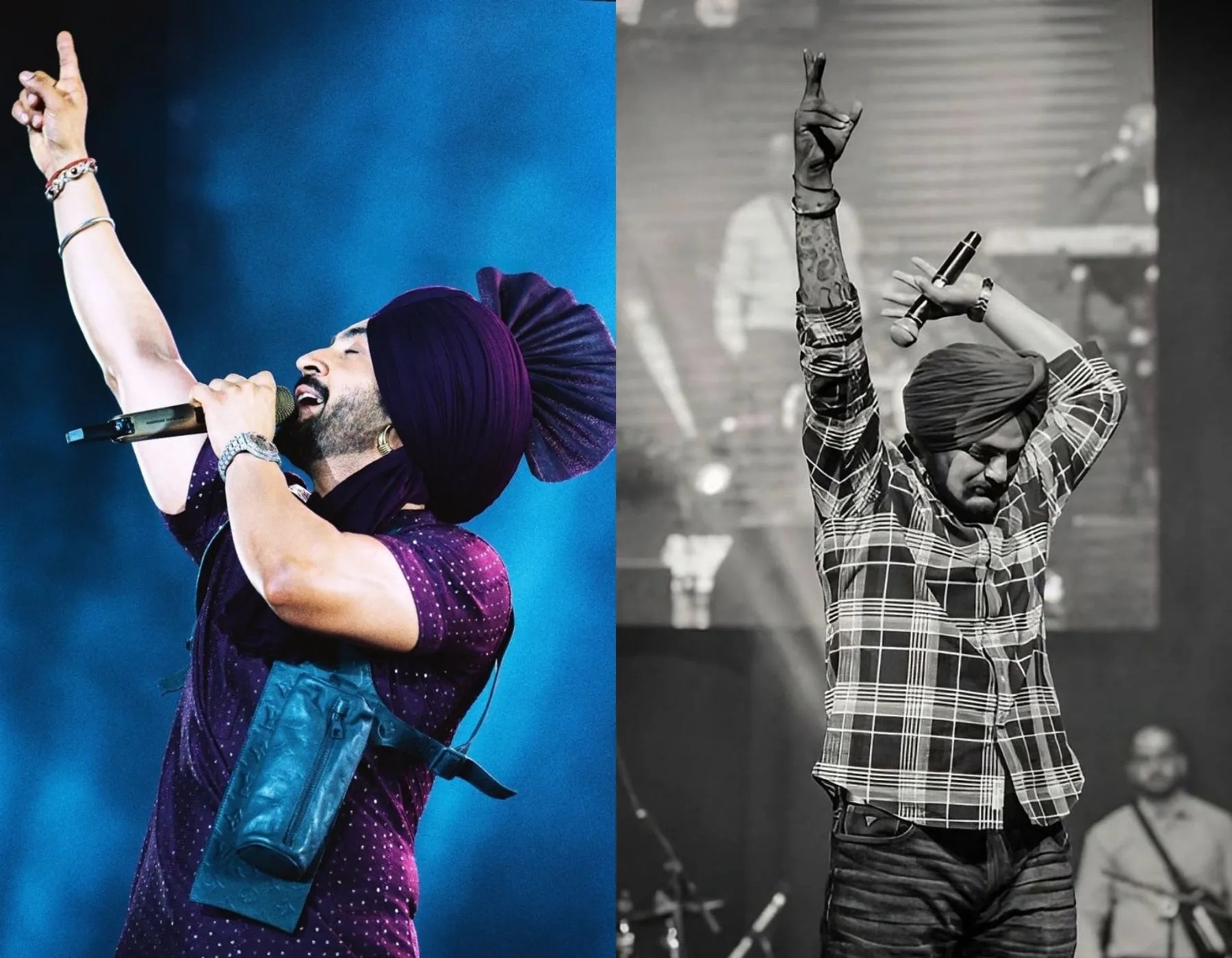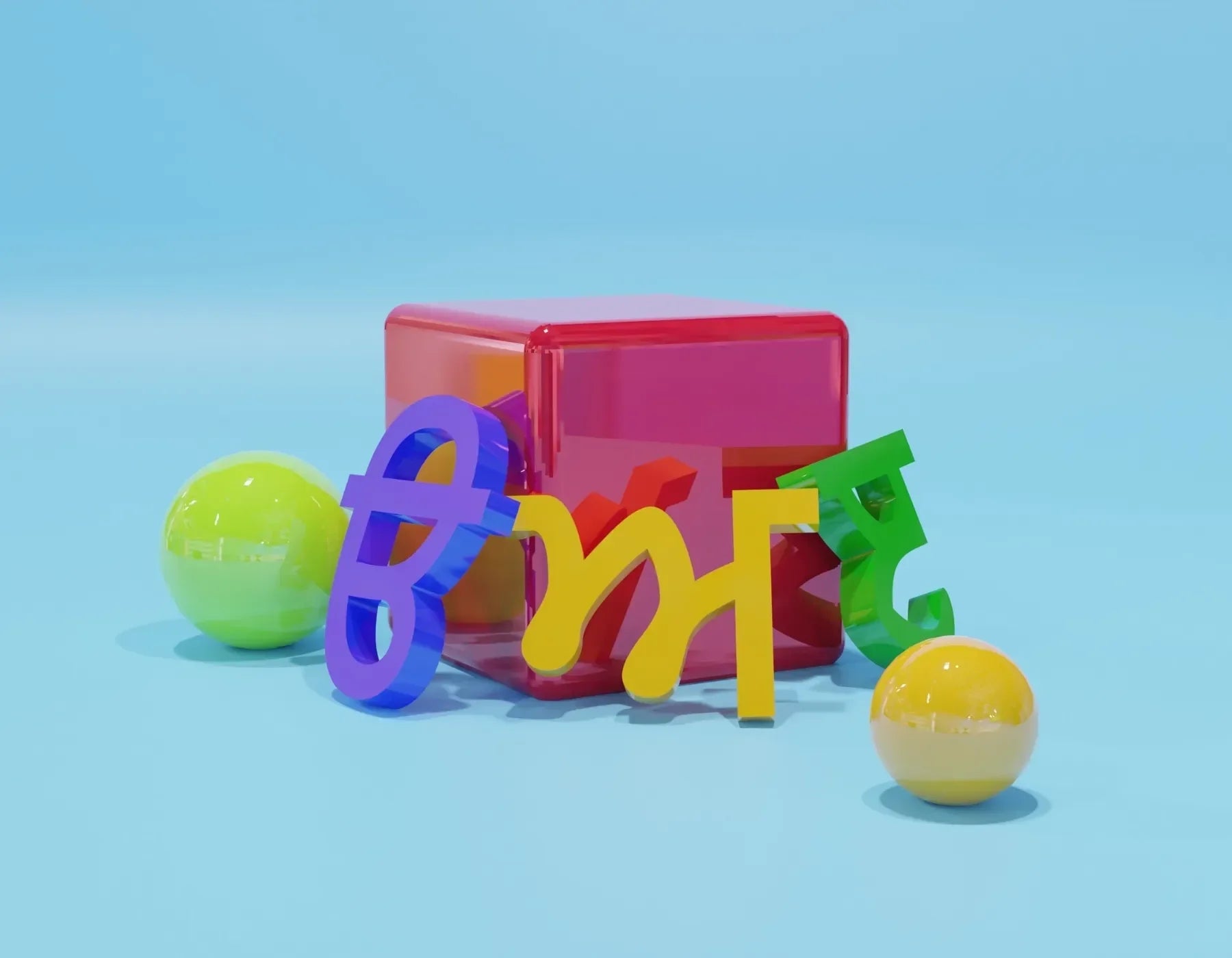
How Punjabi Singers Like Sidhu Moose Wala & Diljit Took Over the Global Stage
The Rise of Punjabi Music in the Global Industry
Over the past decade, Punjabi music has evolved from a regional genre to a global musical movement, and at the forefront of this transformation stand two monumental figures — Sidhu Moose Wala and Diljit Dosanjh. Their rise is not just a tale of fame but a powerful narrative of cultural pride, lyrical authenticity, and strategic innovation that has reshaped how Punjabi music is perceived across continents.
While Bollywood historically served as the gateway for South Asian music to reach global audiences, Punjabi singers have redefined this path by creating their own lane — one driven by independent production, viral social media engagement, and genre fusion that resonates with international listeners.
Sidhu Moose Wala: The Voice of a Generation
Sidhu Moose Wala, often referred to as a lyrical revolutionary, brought raw authenticity to Punjabi music. His lyrics spoke to the realities of rural Punjab, touching on themes like identity, politics, power, masculinity, and migration. Moose Wala’s ability to blend trap beats, drill influence, and gangsta rap with traditional Punjabi folk storytelling created a genre-defining blueprint that countless artists emulate today.
Unapologetic Storytelling and Global Appeal
Sidhu’s global impact can be traced to his fearless content. His song “So High” introduced the world to a rural yet global Punjabi voice, drawing millions of views on YouTube and establishing a fiercely loyal international fanbase. His track “295”, a politically charged anthem, trended globally on YouTube, highlighting how his music transcended borders.
Moose Wala never conformed to industry norms. By self-producing much of his music and releasing tracks independently, he bypassed traditional gatekeepers, giving him full control over his narrative and allowing diaspora communities in Canada, UK, and the US to connect directly with his message.

Diljit Dosanjh: Bridging Punjabi Roots and Mainstream Platforms
Diljit Dosanjh, by contrast, leveraged a multifaceted approach — blending acting, singing, fashion, and a charismatic public persona — to bridge mainstream Indian entertainment with global stardom. While deeply rooted in Punjabi culture, Diljit has carefully curated a global image that speaks to diverse audiences without diluting his heritage.
From Punjab to Coachella: A Cultural Milestone
In 2023, Diljit made history as the first Punjabi artist to perform at Coachella, America’s premier music festival. Dressed in traditional attire and singing in Punjabi, he brought an electrifying performance that stunned both mainstream American audiences and global Punjabi fans. This performance symbolized more than just musical prowess — it was a cultural statement, asserting the legitimacy and power of Punjabi identity on the world stage.
Strategic Collaborations and Versatility
Diljit’s collaboration with global artists like Tory Lanez and Sia signals his ability to blend genres like pop, R&B, and reggae with Punjabi music. His albums such as G.O.A.T. and MoonChild Era showcase his range — from romantic ballads to club anthems — which have charted on Billboard’s Top Triller and Top Global Albums, placing Punjabi music firmly in global charts.
Digital Platforms: The Catalyst for Global Visibility
Both Sidhu Moose Wala and Diljit Dosanjh have harnessed digital platforms to bypass traditional limitations. Platforms like YouTube, Spotify, Instagram, and TikTok have given them the tools to build massive global audiences without depending on the Bollywood ecosystem.
YouTube Dominance and Viral Culture
Sidhu Moose Wala’s music videos consistently crossed hundreds of millions of views, even with controversial topics. His visuals reflected Punjabi village life, tractors, sardari swag, and elements that the diaspora deeply resonates with.
Diljit’s content on Instagram and TikTok, particularly his humorous reels and interactions with fans, have earned him a cult following among Gen Z, further pushing his songs to trend on reels and playlists.
Spotify and Global Charts
Punjabi artists are now regulars on Spotify’s Global Viral 50 and Top India charts. Tracks like Moose Wala’s “The Last Ride” or Diljit’s “Lover” have millions of plays, with both artists being featured on Spotify-curated playlists like Desi Hits, Punjabi 101, and Global X. These digital placements ensure continued visibility across global streaming demographics.
Cultural Resonance Within the Diaspora
One of the biggest strengths of Punjabi music’s global success is its deep-rooted connection with the diaspora in Canada, the UK, the US, and Australia. For many first- and second-generation immigrants, Sidhu and Diljit represent a powerful link to identity, language, and pride in cultural roots.
Sidhu: A Martyr and Cultural Icon
After Sidhu Moose Wala’s tragic death in 2022, he became more than an artist — he became a symbol of resistance and pride. Murals in Toronto, Melbourne, and London, and fan-led tributes globally, revealed the depth of his impact. His posthumous releases still break records, affirming his timeless connection with his audience.
Diljit: The Modern Face of Punjabi Excellence
Diljit represents the ideal balance of tradition and modernity. He speaks in Punjabi in interviews, supports local farmers’ protests, and yet stars in Netflix films, Bollywood blockbusters, and Hollywood collaborations. For the diaspora, he embodies a new-age Punjabi success story — proud, polished, and powerful.

Fusion Genres and International Collaborations
Sidhu Moose Wala helped establish Punjabi drill and rap globally, while Diljit Dosanjh ventured into fusion genres, blending Bhangra with EDM, hip-hop, reggaeton, and R&B. These fusion tracks have made it easier for non-Punjabi speakers to vibe with the music purely based on rhythm and beat, increasing accessibility.
Collaborations with Western producers and artists have amplified this trend. Punjabi vocals layered over trap beats or Latin grooves have brought Punjabi music to festivals, clubs, and radio stations worldwide.
Fashion, Identity, and Visual Culture
The visual language used by both artists plays a key role in expanding their global reach. Sidhu’s trademark Patiala suit, shawl, and bullet bike visuals created a stylized version of the rural Punjabi male, evoking strength, pride, and rebellion. Diljit, on the other hand, merges high fashion with cultural pride — appearing in Gucci turbans, Balenciaga jackets, and even collaborating with international brands.
Their fashion choices reflect a global Punjabi identity that is both rooted and aspirational, turning heads not just for the music, but the visual power of being unapologetically desi.
Conclusion: A Cultural Wave, Not Just a Trend
What Sidhu Moose Wala and Diljit Dosanjh have achieved is more than musical fame — it is a cultural movement. They have redefined how Punjabi identity is projected globally, showing that language is not a barrier when authenticity and talent are involved.
Through powerful storytelling, savvy use of digital media, and a commitment to their roots, they have not only taken Punjabi music to the world — they have made it impossible to ignore. As their influence continues to grow, so does the visibility of Punjabi youth, culture, and creativity on the global stage.
